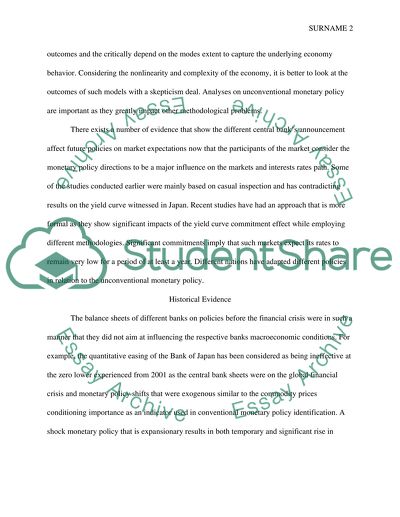Cite this document
(“Unconventional Monetary Policies Term Paper Example | Topics and Well Written Essays - 3500 words”, n.d.)
Retrieved from https://studentshare.org/finance-accounting/1477237-unconventional-monetary-policies
Retrieved from https://studentshare.org/finance-accounting/1477237-unconventional-monetary-policies
(Unconventional Monetary Policies Term Paper Example | Topics and Well Written Essays - 3500 Words)
https://studentshare.org/finance-accounting/1477237-unconventional-monetary-policies.
https://studentshare.org/finance-accounting/1477237-unconventional-monetary-policies.
“Unconventional Monetary Policies Term Paper Example | Topics and Well Written Essays - 3500 Words”, n.d. https://studentshare.org/finance-accounting/1477237-unconventional-monetary-policies.


